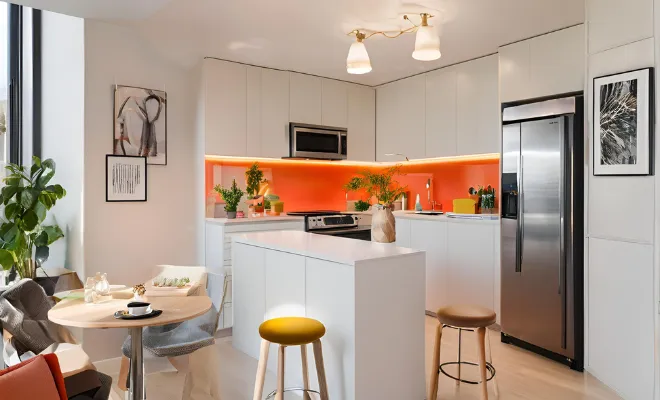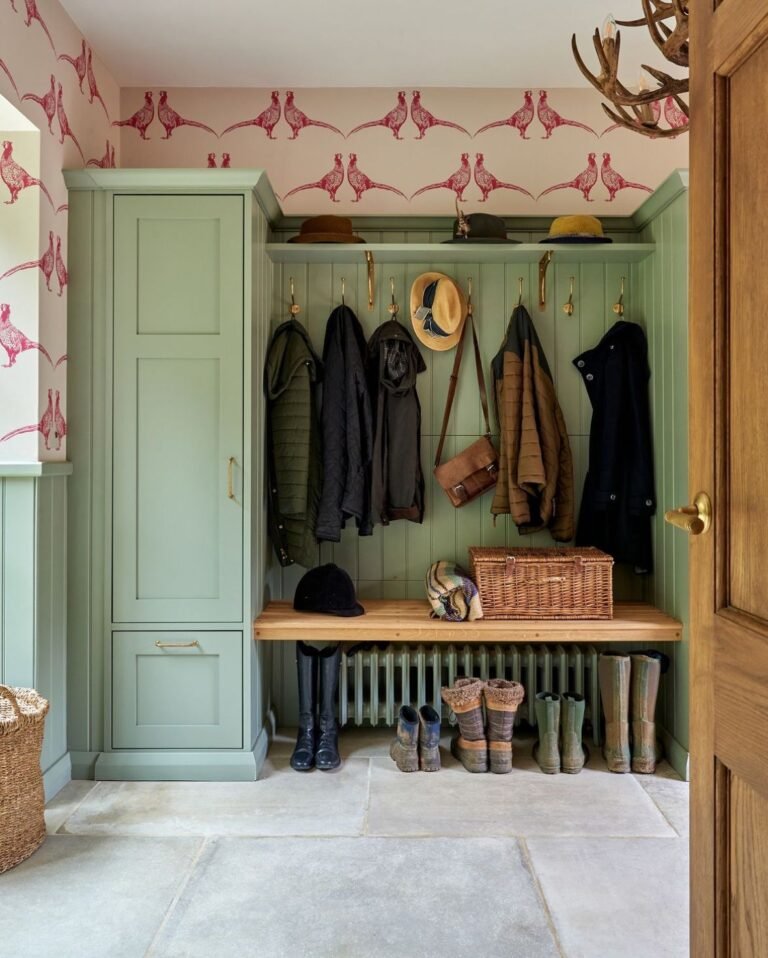20 Cozy Japandi Living Room Inspirations That Blend East and West

Japandi design combines Japanese simplicity with Scandinavian practicality. This style creates calm and functional spaces, featuring clean lines, natural materials, and a focus on mindful living.
Japandi is beautiful for its warm, inviting feel while still being uncluttered and peaceful. It’s ideal for those who like minimalism but want their home to feel cozy rather than cold.
If you want to redesign your living space, these 20 Japandi Living Room Inspirations will help you find the right mix of comfort and style.
Table of Contents
1. Natural Light Maximization

Create large, unobstructed windows with sheer linen curtains to flood your space with natural light. Arrange furniture to maximize light flow and consider installing sliding doors inspired by Japanese shoji screens
This approach creates an airy atmosphere while maintaining privacy and connecting your indoor space with nature.
2. Earth-Tone Color Palette

Embrace a sophisticated mix of warm browns, soft greys, and creamy whites as your base colors. Add depth with charcoal accents and gentle green tones from plants. This natural color scheme creates a calming environment that reflects both Japanese and Scandinavian design principles.
3. Low-Profile Furniture

Choose furniture pieces that sit close to the ground, such as platform sofas and low coffee tables. This design choice creates a sense of groundedness and makes your space appear larger. Mix Japanese-style floor cushions with Scandinavian-inspired low-back chairs for perfect harmony.
4. Natural Material Mix

Combine raw wood, bamboo, and rattan with soft textiles like wool and linen. Incorporate stone elements through side tables or decorative pieces. This thoughtful mixture of materials adds texture and interest while maintaining the organic feel essential to Japandi style.
5. Minimalist Storage Solutions

Install built-in cabinets with clean lines and hidden handles to maintain a clutter-free space. Use baskets made from natural materials for smaller items, and incorporate furniture pieces with dual functionality. This approach keeps your room organized while preserving its aesthetic appeal.
6. Statement Lighting

Select pendant lights with simple geometric shapes or paper lantern-inspired designs. Combine these with sleek floor lamps featuring clean lines and natural materials. Lighting should provide both function and visual interest while maintaining the room’s minimalist appeal.
7. Functional Layout

Create clear pathways and arrange furniture to promote easy movement through the space. Consider the principle of negative space in your layout, allowing room for contemplation and rest. This arrangement supports both practical living and aesthetic harmony.
8. Textural Contrast

Layer different textures through rugs, cushions, and throws while maintaining a cohesive color palette. Mix rough and smooth surfaces, like raw wood against polished concrete, to create visual interest without cluttering the space. This adds depth while staying true to minimalist principles.
9. Biophilic Elements

Incorporate carefully chosen plants and natural elements throughout your space. Select ceramic pots with clean lines and place greenery strategically to create organic focal points. This brings life to your room while maintaining the Japandi aesthetic.
10. Artistic Minimalism

Choose one or two statement art pieces featuring simple lines or nature-inspired motifs. Consider hanging a single large-scale photograph or abstract piece that combines both Japanese and Scandinavian design elements. Keep wall decor minimal but impactful.
11. Sliding Door Solutions

Install sliding doors or room dividers inspired by traditional Japanese design but with a modern twist. Use natural wood frames with frosted glass or paper inserts to create flexible spaces that can be opened or closed as needed.
12. Multifunctional Zones

Design distinct areas for different activities while maintaining visual flow. Create a reading nook with a low chair and floor lamp, or a meditation space with floor cushions. Each zone should serve a purpose while contributing to the overall harmony.
13. Natural Fiber Textiles

Select rugs, cushions, and throws made from natural fibers like cotton, wool, and hemp. Choose simple patterns or solid colors that complement your earth-tone palette. These textiles add warmth and comfort while maintaining a clean aesthetic.
14. Mindful Accessories

Choose a few high-quality accessories that serve both functional and aesthetic purposes. Think handcrafted ceramics, wooden trays, and simple vases. Each piece should earn its place through both beauty and utility.
15. Clean Lines
Focus on furniture and architectural elements with straightforward, geometric shapes. Avoid ornate details or busy patterns, instead letting the natural beauty of materials and form take center stage. This creates a sense of calm and order.
16. Balanced Asymmetry
Create intentional asymmetry in your furniture arrangement and decor placement while maintaining overall balance. This reflects the Japanese concept of wabi-sabi while incorporating Scandinavian practicality. The result should feel both natural and purposeful.
17. Hidden Technology

Integrate technology thoughtfully by concealing cables and choosing devices with minimal visual impact. Consider TV units that double as storage or projector screens that can be hidden when not in use. This maintains the serene atmosphere without sacrificing modern convenience.
18. Window Treatment Simplicity
Choose simple window treatments that maximize natural light while providing privacy when needed. Consider wooden blinds or sheer curtains in natural fabrics. The goal is to frame your views without drawing attention away from them.
19. Sustainable Materials

Select furniture and decor made from sustainable materials like bamboo, reclaimed wood, and recycled materials. This eco-conscious approach aligns with both Japanese and Scandinavian design philosophies while creating a responsible living space.
20. Mood Lighting Layers

Create a layered lighting scheme with a mix of ambient, task, and accent lighting. Use warm-toned bulbs and dimmable fixtures to adjust the atmosphere throughout the day. This thoughtful approach to lighting enhances both functionality and comfort.
Recommended Articles:
Conclusion
To create a Japandi living room, focus on balancing function and beauty while connecting to nature and living mindfully. Every item should have a purpose and help create harmony and calm in your space.
Remember, the key to good Japandi design is to choose quality over quantity, select materials thoughtfully, and keep your environment clutter-free. By using these ideas in your living room, you will create a space that is both attractive and practical, ideal for modern living.






